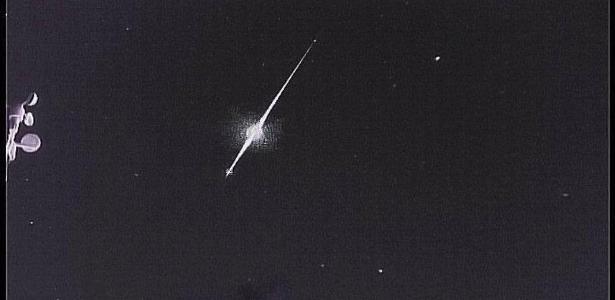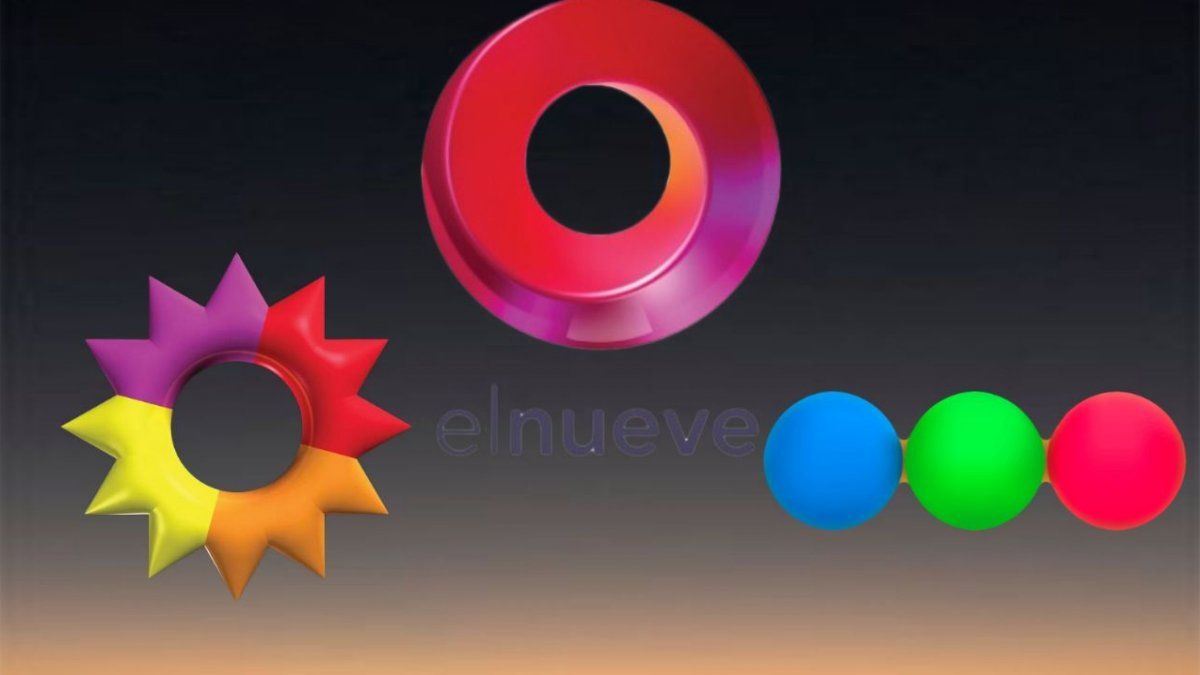A A meteor explosion was recorded this morning by the Heller & Jung observatory, in Caxias do Sul, in Rio Grande do Sul. Professor Carlos Fernando Jung said that the aerolite is part of the Southern Delta Aquárids meteor shower. The peak of this meteor shower was between Friday (29) and yesterday.
He explained that the meteors from this event are fragments of Comet 96P Machholz, discovered in 1986 by Donald Machholz. Also, the best direction to see them is east of where the sun rises, also southeast and northeast from 3 am.
The professor detailed the altitude of the exploding aerolite: “The meteor entered the atmosphere at an altitude of 92.6 km and exploded, becoming extinct at an altitude of 72.9 km (equivalent to the distance from the ground). 0.88 seconds”.
Southern Delta Aquarids
The Southern Delta Aquarids is the easiest meteor shower to observe in the entire southern hemisphere, as the point from which the meteors appear to appear, in the constellation of Aquarius, is best positioned on this side of the planet. At its peak, between 20 and 25 meteors are recorded per hour.
In the last week alone, the Heller & Jung Space Observatory recorded a record: 1,701 meteors crossed the southern skies of the country in three days because of the Southern Delta Aquarids and Alpha Capricornids. Jung considers the Southern Hemisphere to be “privileged in the Aquarid Delta”.
In Monte Castelo (SC), about 550 meteors were recorded in two days, including one of the “fireball” type.
The next visible rains from the southern hemisphere are the Southern Taurids, peaking between October 9th and 10th, and Orionidas, between the 20th and 21st of the same month.
–


